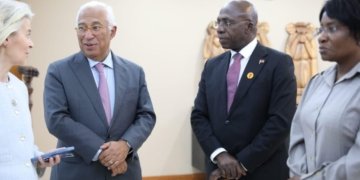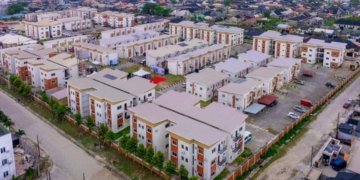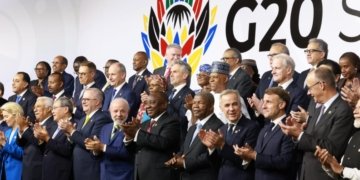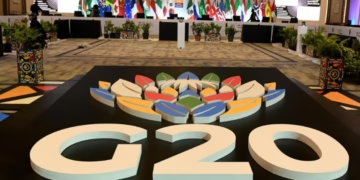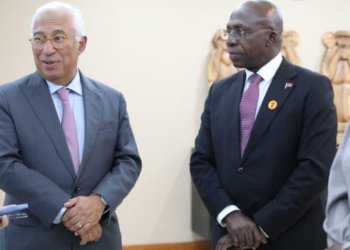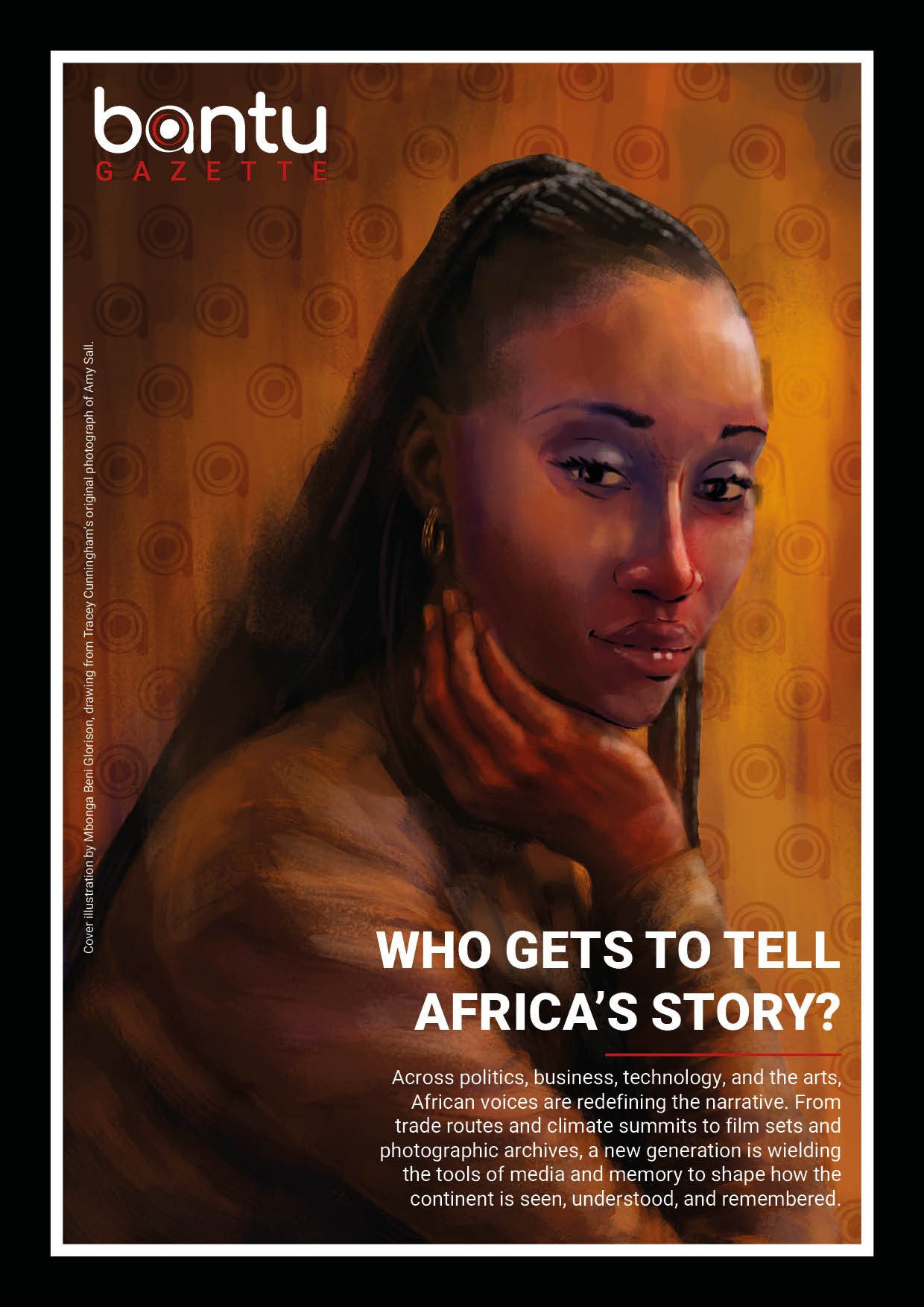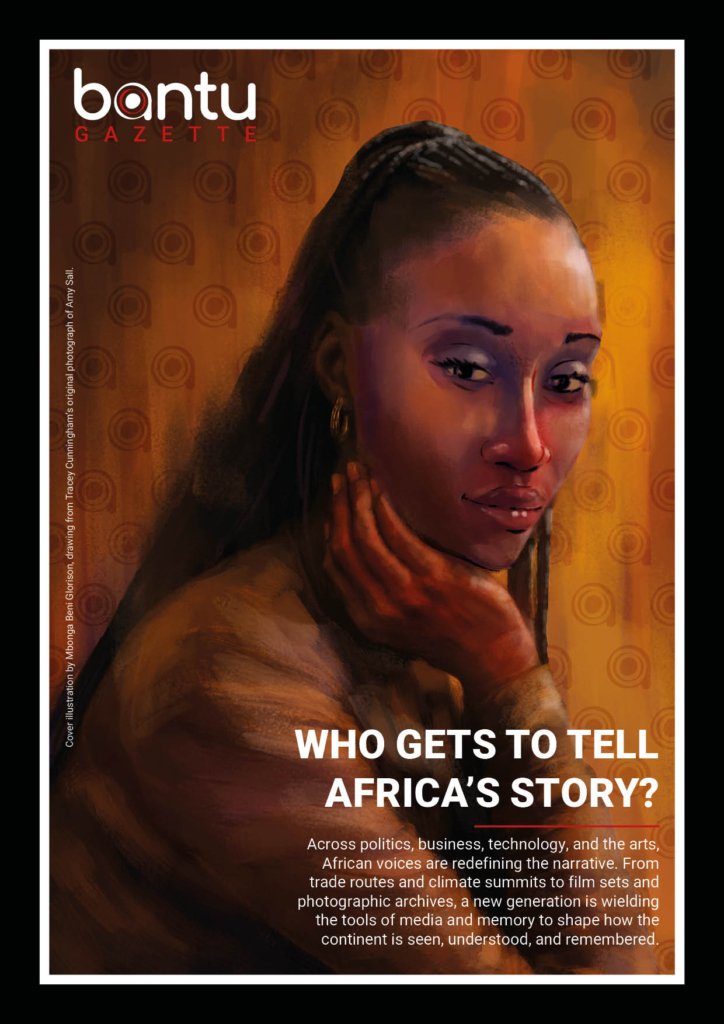LIBREVILLE, Gabon (BG) – São Tomé and Príncipe has officially graduated from the United Nations (UN)’s Least Developed Countries (LDC) category to become a developing country, according to a statement.
The milestone reflects the country’s sustained efforts to achieve economic growth, enhance human development, and strengthen resilience against vulnerabilities, the UN Office of the High Representative for the Least Developed Countries, Landlocked Developing Countries, and Small Island Developing States (UN-OHRLLS) said on Dec. 13 2024.
“The graduation of São Tomé and Príncipe is a historic milestone that underscores the resilience, vision, and determination of its government and people,” said Rabab Fatima, High Representative for UN-OHRLLS.
“This achievement is a powerful testament to the impact of effective partnership and multilateral cooperation, offering both a model and an inspiration for other LDCs working to overcome structural challenges and achieve sustainable development,” she added.
The UN Committee for Development Policy (CDP) recommended the country’s graduation after it met key criteria, including thresholds for per capita income, human assets, and economic and environmental vulnerability indices.
Significant Development Achievements
São Tomé and Príncipe is a small archipelago on the Equator 350 km (2017 miles) off the west coast of Africa in the Gulf of Guinea, composed of six districts and the Autonomous Region of Príncipe (Região Autónoma do Príncipe).
Classified as a lower-middle-income country by the World Bank, the Portuguese-speaking archipelago has a population of about 225,000 (2021).
The country’s universal health coverage rose from 47% in 2010 to 59% by 2021, according to UN-OHRLLS.
The nation ranked 11th out of 54 African countries in the 2021 Ibrahim Index of African Governance.
“São Tomé and Príncipe’s graduation from the LDC category is an important step forward, but it also comes with heightened expectations and responsibilities,” said Djazalde Aguiar, the Chargé d’Affaires of São Tomé and Príncipe’s Permanent Mission to the UN in New York.
“Consolidating this progress will require coordinated efforts to address economic, social, and environmental vulnerabilities while leveraging international partnerships, including the anticipated IMF program, to support sustainable development,” he added.
Transitioning to Sustainable Development
Graduation from the LDC category represents both an opportunity and a challenge.
To sustain progress, São Tomé and Príncipe has incorporated a smooth transition strategy into its national development plan, focusing on concessional financing, inclusive economic growth, and climate resilience.
This transition strategy is essential to maintaining development gains and advancing toward the Sustainable Development Goals (SDGs).
With São Tomé and Príncipe’s graduation, 44 countries remain in the LDC category:
Afghanistan, Angola, Bangladesh, Benin, Burkina Faso, Burundi, Cambodia, Central African Republic, Chad, Comoros, Democratic Republic of the Congo, Djibouti, Eritrea, Ethiopia, Gambia, Guinea, Guinea-Bissau, Haiti, Kiribati, Lao People’s Democratic Republic, Lesotho, Liberia, Madagascar, Malawi, Mali, Mauritania, Mozambique, Myanmar, Nepal, Niger, Rwanda, Sao Tome and Principe, Senegal, Sierra Leone, Somalia, South Sudan, Sudan, Togo, Uganda, United Republic of Tanzania, Yemen, and Zambia.

